Contents
Few people are absolutely indifferent to such a berry as raspberries. When it comes to its species, you should know that the reproduction of remontant raspberries is achieved through special care.
Agricultural practices to accelerate reproduction
Remontant raspberry differs from other varieties in the following feature – with the help of the usual methods of care, its reproduction is like a too useless process. But this is only one minus of the variety and one should not abandon the idea of cultivating it because of it. Gardeners may face another problem – a small number of shoots, and hence planting material. But accelerating the reproduction process of remontant raspberries is a real task. A number of agricultural practices can help with its implementation.
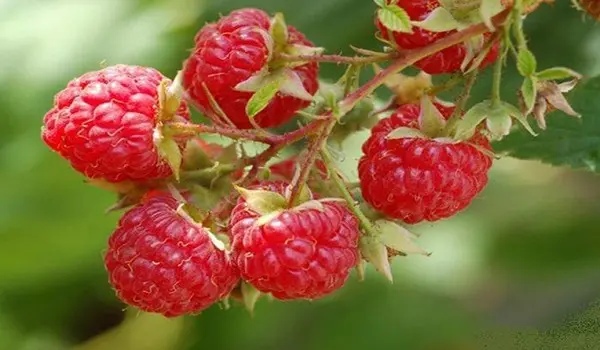
One of these methods is to remove during the autumn or spring part of the shoots, equal in diameter to 10-15 centimeters, two years after the planting. Parts are removed from the center of the bush. This procedure will cause the next year’s raspberries to produce more new offspring from the remaining roots. There will be about 2 dozen or even more. They are excellent as planting material.
The second agricultural technique is reproduction with the help of green cuttings growing near the rhizome. They have good nutritional qualities, and also have excellent growth qualities. More than others, raspberries accept those shoots that have an aerial part equal to 5 centimeters in height, and part of the shoot is located underground. It is not necessary that they have a formed leaf socket. To carry out the separation, they do not need to be dug out, it is enough just to carefully cut with a knife 3-5 centimeters deep. After the shoots are placed in a greenhouse to root, and sometimes shade.
The best time for harvesting is the morning of the last days of spring. The rooting procedure is carried out for approximately 15-20 days, then the shoots must be transplanted to a growing area, or in a one-liter container.
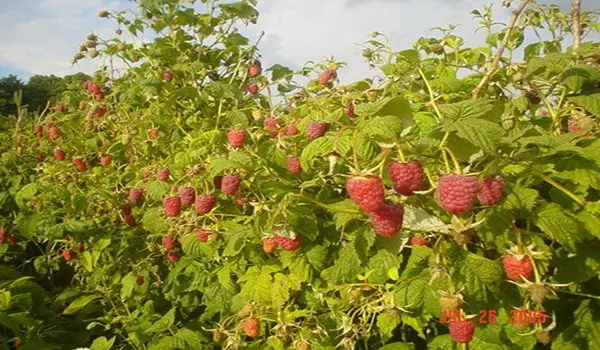
One of the best ways is to propagate a remontant raspberry variety using green root offspring. To do this, you need a stem in height equal to 5-20 centimeters with leaves. In this method, the shoot is transplanted immediately to a permanent place of growth, while removing a third of the leaves from it. It is equally important to organize shady conditions for the seedling for 10-12 days.
In order to carry out propagation by root cuttings in late autumn, it is necessary to prepare roots with a diameter of 1,5 mm. From them we cut cuttings of 7-10 centimeters.
The cutting itself is planted 2-3 centimeters deep on the site, which is fertilized in advance. Then you need to water, mulch and cover new plantings with the help of coniferous spruce branches.
The arrival of spring for the gardener means the time to remove the shelters from the plants and cover the planted cuttings. The film is removed after the appearance of green offspring.
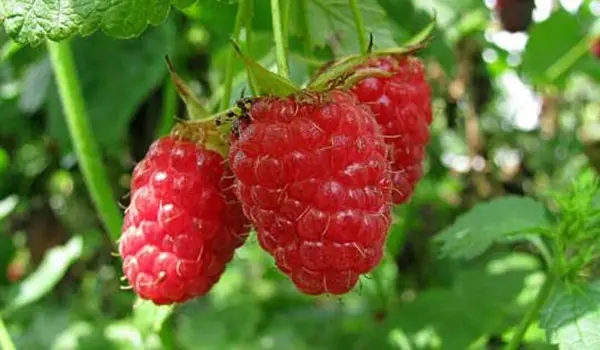
During a leisurely and correct approach to the breeding process of remontant raspberries, in almost a few years it will be possible to plant the entire plantation, which will bring its owner excellent harvests of the most useful and sweet berries. In general, micropropagation is an excellent way out when growing a remontant raspberry variety that is not very productive on its own.
Reproduction by green cuttings
It would be appropriate to dwell on the propagation method using green cuttings and consider its features more carefully.
While most of the berries require green cuttings taken from not yet lignified annual shoots, remontant raspberries need cuttings, the lower part of which is bleached (the one that was underground during the growth of the berry), and the upper part is green. They are young offspring. The best cutting is also considered the one that has risen about five centimeters above the ground. Its foliage should be bronze or red (closer to dark crimson), indicating its underdevelopment.
The stalk must be cut, pulled out of the soil and rooted in the greenhouse, along the way adding peat and coarse river sand. In addition, the lower part should be treated with charcoal. Planting cuttings should be according to the pattern of 5 x 10 centimeters.
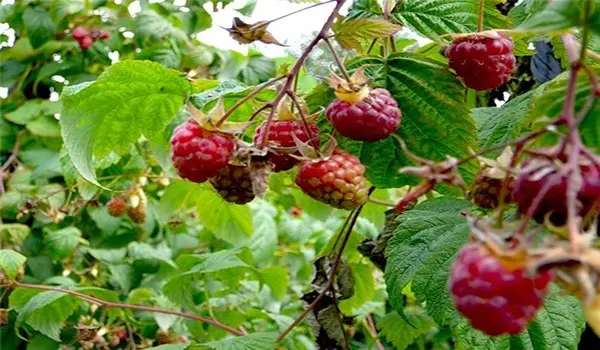
In this case, the landing depth should correspond to the depth from which they were extracted. If the planting soil is sufficiently moist, and the air temperature fluctuates around 18-25 C, then the cuttings will be able to confidently take root in about three weeks.
Since the reproduction of remontant raspberries requires constant monitoring, with the beginning of the growth of the cuttings, it is necessary to feed them with a fertilizer solution, which consists of the entire complex of essential minerals, and also begin to gradually encourage their adaptation to low air humidity and direct sunlight. After another three or four weeks have passed, the cuttings can be transplanted into open soil.
Reproduction by root offspring
As for the root offspring, the reproduction of remontant raspberries with their help becomes quite easy, although this variety of this berry, in comparison with the summer species, has quite a few of them.
In order to increase the planting material, it is necessary to cut down the center of the rhizome of each bush with a shovel in the spring and autumn periods. The growth in the center that remains will just make the reproduction of remontant raspberries possible. This method is suitable for any other types of raspberries. In addition, thanks to him, you can achieve the effect of “rejuvenation” of the whole raspberry plantation.
This is especially appropriate, since raspberries allow themselves to be grown in one place for up to fifteen years. However, it is precisely this time that it should be grown, since at the end of this period the bushes reduce their productivity, which indicates the need to change the planting site. This gives rise to a number of some difficulties in the process of solving this issue, but thanks to the “rejuvenation” of all possible difficulties can be easily avoided.
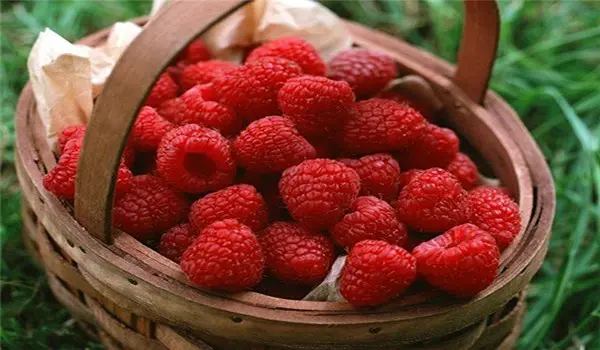
It should be remembered that it is in the fall that the remontant raspberry variety gives the most suitable offspring for “rejuvenation”, although summer ones are also suitable. For planting to be successful, the shoots must have a well-developed root system and strong stems. Directly when planting, you need to ensure that the root is in a straightened form. The top should be trimmed, and the stem itself should reach a height of up to 40 centimeters.
During the summer, the remontant variety should be well-groomed. The best shoots during this period will grow along with the main part of the bushes. This can be the result of their excessive density, which will have a rather negative effect on the entire crop, so seedlings should be planted only with the onset of summer. Such propagation of raspberries has its drawbacks, although it is simpler than the first option.
Video “Repair raspberries – planting”
A video about the stage of planting remontant raspberries in two ways, using the rhizome and cuttings of the plant.









